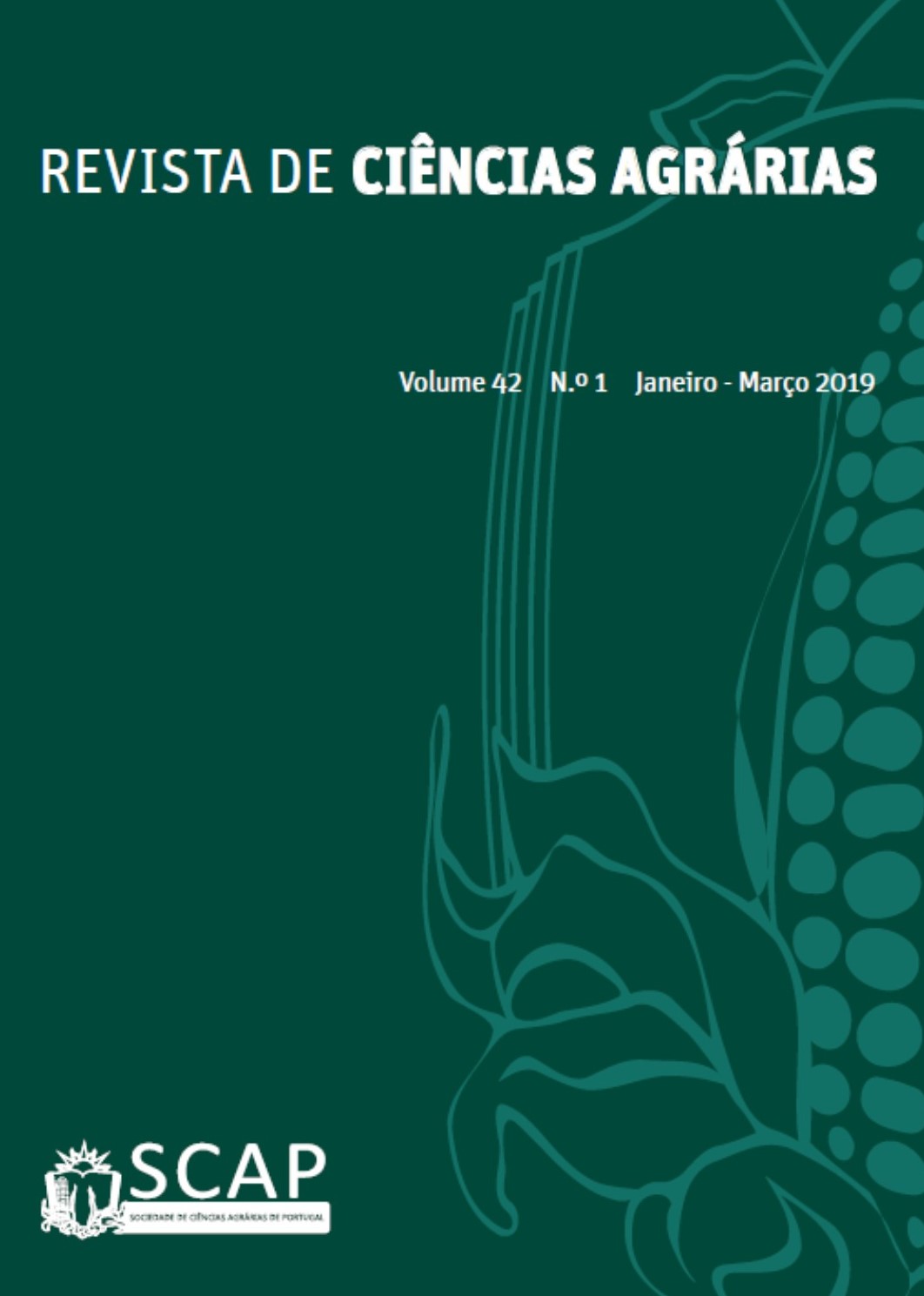Períodos de interferência de plantas infestantes na cultura da mandioca, submetida ou não à adubação NPK, em Vitória da Conquista-Ba
DOI:
https://doi.org/10.19084/RCA18166Resumen
Neste trabalho avaliou-se o levantamento fitossociológico e determinaram-se os períodos críticos de competição com a cultura da mandioca, submetida ou não à adubação NPK. Para tanto, as plantas infestantes foram colhidas a cada 35 dias, até os 525 dias após a plantação da mandioca, por meio do lançamento aleatório de um quadrado de ferro vazado de 0,5 x 0,5 m (0,25 m2) na área útil das parcelas com e sem adubação. As plantas no interior do quadrado foram cortadas rente ao solo, contadas e identificadas por espécie. Sida rhombifolia, Brachiaria plantaginea e Cynodon dactylon apresentaram os maiores índices de frequência relativa (FR), densidade relativa (DR), abundância relativa (AR) e índice de valor de importância (IVI). Posteriormente, os dados de produtividade de raízes tuberosas foram ajustados ao modelo de regressão não linear sigmoidal de Boltzmann, para determinação dos períodos críticos de competição: período anterior à interferência (PAI), período total de prevenção à interferência PTPI e período crítico de prevenção à interferência (PCPI). A adubação fornecida à cultura da mandioca influenciou a determinação de diferentes índices fitossociológicos e períodos críticos de competição.


